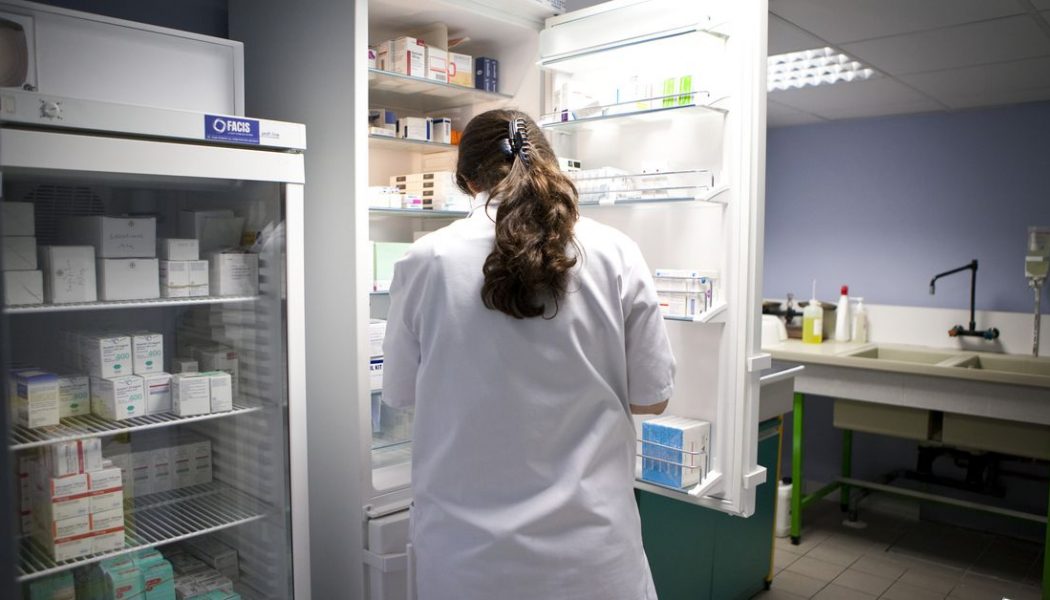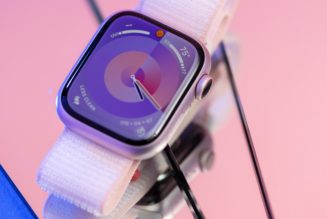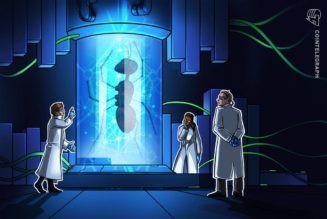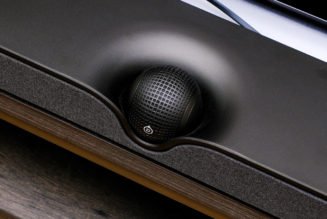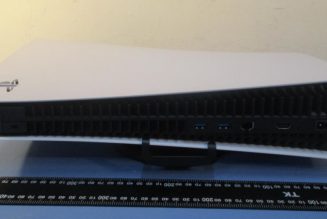
When scientists and pharmaceutical companies clear the hurdle of developing a safe, effective, COVID-19 vaccine, they won’t be able to rest on their laurels. Instead, they’ll face another enormous challenge — making millions of doses and keeping those doses extremely cold. They’ll get an assist, though, from temperature-monitoring tech that’s advanced dramatically in the past few years.
Vaccines, like most pharmaceuticals, have to be stored within a certain temperature range in order to stay potent. During a future COVID-19 vaccine’s journey from factory to pharmacy, small temperature sensors will monitor the conditions that the vaccines will encounter en route and at their final destination. They’ll be embedded in packaging, freezers, and refrigerators at nearly every point of the vaccines’ journey, and some will constantly transmit the vaccines’ temperature to the officials tracking their path — a technological advancement that wasn’t there five years ago.
“The industry has just expanded on a crazy level,” says Michal Chojnacky, a member of the Thermodynamic Metrology Group at the National Institute of Standards and Technology. “All of that has kind of been, whether we knew it or not, preparing us for this moment.”
We’ll need billions of doses of an effective vaccine to make a dent in the COVID-19 pandemic, but early on, shots will be limited. Every single one matters and could keep someone from setting off a new chain of coronavirus infections. But vaccines are fragile: by some estimates, around a quarter of vaccines show some signs of degradation by the time they end up at a doctor’s office. That doesn’t mean they’re unsafe, but it could mean they don’t trigger a strong enough immune reaction to protect people from disease. If vaccines warm up, it contributes to that breakdown. For two of the COVID-19 vaccines furthest along in the development process, it’s even trickier — they have to be stored at ultracold temperatures, as cold as negative 94 degrees Fahrenheit.
Just a decade ago, a large-scale effort to distribute these vaccines would be far more difficult. Back then, most temperature monitoring of pharmaceuticals was done manually, says Kevin Riley, the president of the sensor company SmartSense. “Every few hours, someone would have to go and record that temperature. They were doing it on a pen and paper and clipboard,” he says.
For products like the Moderna and Pfizer vaccine candidates that have to be stored at ultracold temperatures, that more traditional process could actually introduce damaging amounts of heat to the freezers. “You’d have to open the door for a temperature check, and then the temperature changes — and a small percentage of product integrity goes away,” says Joe Mundell, the chief revenue officer at the wireless monitoring company Sonicu.
Many pharmacies, drug companies, and doctors’ offices have started switching to automated data loggers, which sit inside of a freezer or transport container to continuously monitor the temperature inside. But that data still has to be physically downloaded off the device. “You’d have to plug it into a computer to download the data to look at the temperature records,” says Mark Sawicki, chief commercial officer of Cryoport Systems, which makes cold chain products.
Companies like SmartSense and Cryoport make the next generation of internet-connected cold chain sensors. The small devices slot inside transport devices and freezers and continuously transmit data on the temperature to pharmaceutical companies and pharmacy managers. “We can actually see now when there is an event that occurs in the field that compromises the integrity of the packaging,” Sawicki says. In some cases, that lets companies make changes (like adding dry ice) to keep the product at the right temperature.
Part of the most recent push to automate temperature sensors actually started with a completely different development in medical technology that left no room for error. Gene therapies are made specifically for each patient, and they’re irreplaceable — losing a product because of a temperature issue isn’t an option. “It forced the industry to create platforms that are more suitable to supporting those types of things,” Sawicki says.
Gene therapies and other treatments with extremely tight temperature ranges are still pretty rare, at least compared to vaccines, so there are still plenty of companies that haven’t adopted the new tech yet. “There are still a lot of manual data loggers out there,” says Mundell. Still, the pharmaceutical industry is a bit ahead of other industries in adopting digital and internet-connected monitors, he says. In 2018, the Centers for Disease Control and Prevention mandated that vaccines in the Vaccines for Children Program, which distributes vaccines to low-income children, be tracked using digital data loggers. That pushed a lot of doctors and pharmacies to make the switch, Chojnacky says.
Riley says many SmartSense customers, like pharmacies and drug distribution centers, have upped their freezer capacity in anticipation of both a COVID-19 vaccine and higher flu vaccine demand. They’ve been preparing since the summer. Temperature-monitoring devices have to be regularly calibrated to make sure that they’re taking accurate temperature measurements, and that process happens on a regular cycle. Many of the customers went through that calibration earlier than they had to, so that they wouldn’t have to calibrate over the winter when they’d be working to distribute a vaccine. “We’ve been rolling that out, over the summer, and for some of them in an accelerated fashion,” Riley says.
Distributing COVID-19 vaccines still won’t be easy — officials need to manage the logistics of millions of doses and figure out how to get people to show up at a vaccination site. But as the search for a vaccine heats up, the tech innovations over the past decade are ready to help keep the final products cold.
